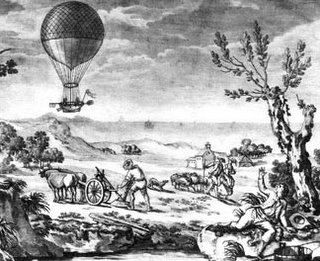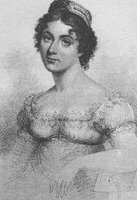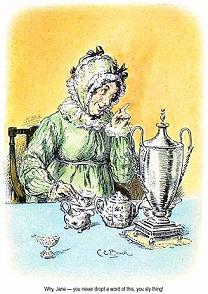This past Sunday, like millions of other people, I watched the Superbowl. Ordinarily I am not inclined to watch sports, but we were visiting my in-laws and they wanted to watch the game and I certainly didn’t mind. It could not have been a more exciting game. I had a stake in it, considering that the Baltimore Ravens are practically on our doorstep.
I got to wondering….Did they play “football” (meaning soccer and rugby or any ball games played on a field) in the Regency? The only Regency competitive sports I’ve ever read about were boxing, horse racing or carriage racing, but not team sports. Still, it stood to reason that team sports were played, at least in schools and at village fairs. After all, there is a famous quote that Wellington never said: The battle of Waterloo was won on the playing fields of Eton.
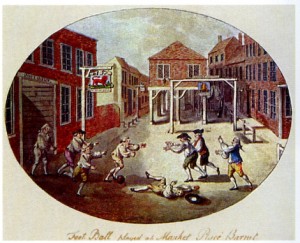 Games using a ball and involving kicking have been around since ancient times and have existed in diverse cultures. In Medieval times games were played on Shrovetide, Easter or Christmas and often consisted on one mob of fellows from one village playing against a mob from another. The ball might have been an inflated animal bladder and the point of a game to bring it to one end of the field.
Games using a ball and involving kicking have been around since ancient times and have existed in diverse cultures. In Medieval times games were played on Shrovetide, Easter or Christmas and often consisted on one mob of fellows from one village playing against a mob from another. The ball might have been an inflated animal bladder and the point of a game to bring it to one end of the field.
Between 1300 and 1600 games of football were banned in several parts of the British Isles. In 1349 Edward III banned games of football because it distracted men from practicing archery (and being prepared for war). In 1608 football was banned in Manchester because it created “greate disorder in our towne of Manchester…and glasse windowes broken yearlye and spoyled by a companie of lewd and disordered persons….” Sounds like some things don’t change much!
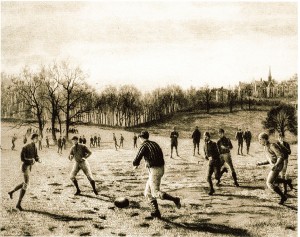 Except for holidays, the average man had no leisure time to play sports so the places where football flourished were the English public (meaning private) schools, like Eton, Winchester and Rugby. The English public schools were the first to codify football games, although the rules were often different with each school.
Except for holidays, the average man had no leisure time to play sports so the places where football flourished were the English public (meaning private) schools, like Eton, Winchester and Rugby. The English public schools were the first to codify football games, although the rules were often different with each school.
The first known sets of rules were those of Eton in 1815 (the year of the battle of Waterloo). And THAT did happen during the Regency!
Did you watch the game? What did you think of it?
Do you root for a favorite team?
Do you know anything more about team sports during the Regency?


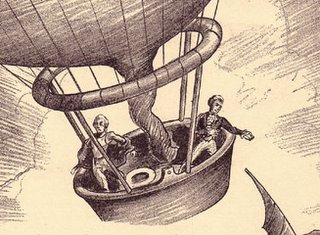 Arrival in France….
Arrival in France….